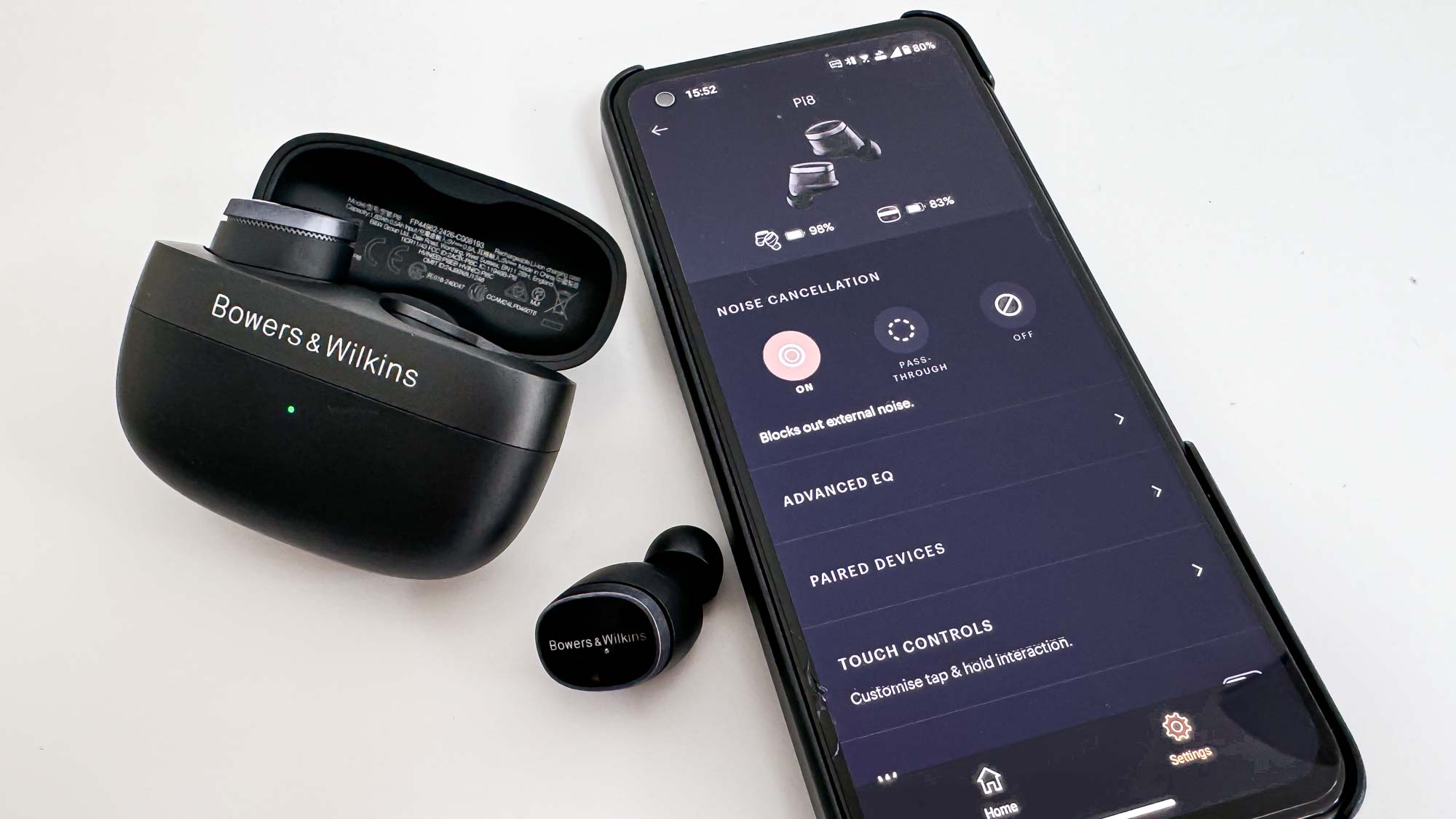The best smart home hubs
These are the best smart home hubs and controllers based on our testing and reviews.
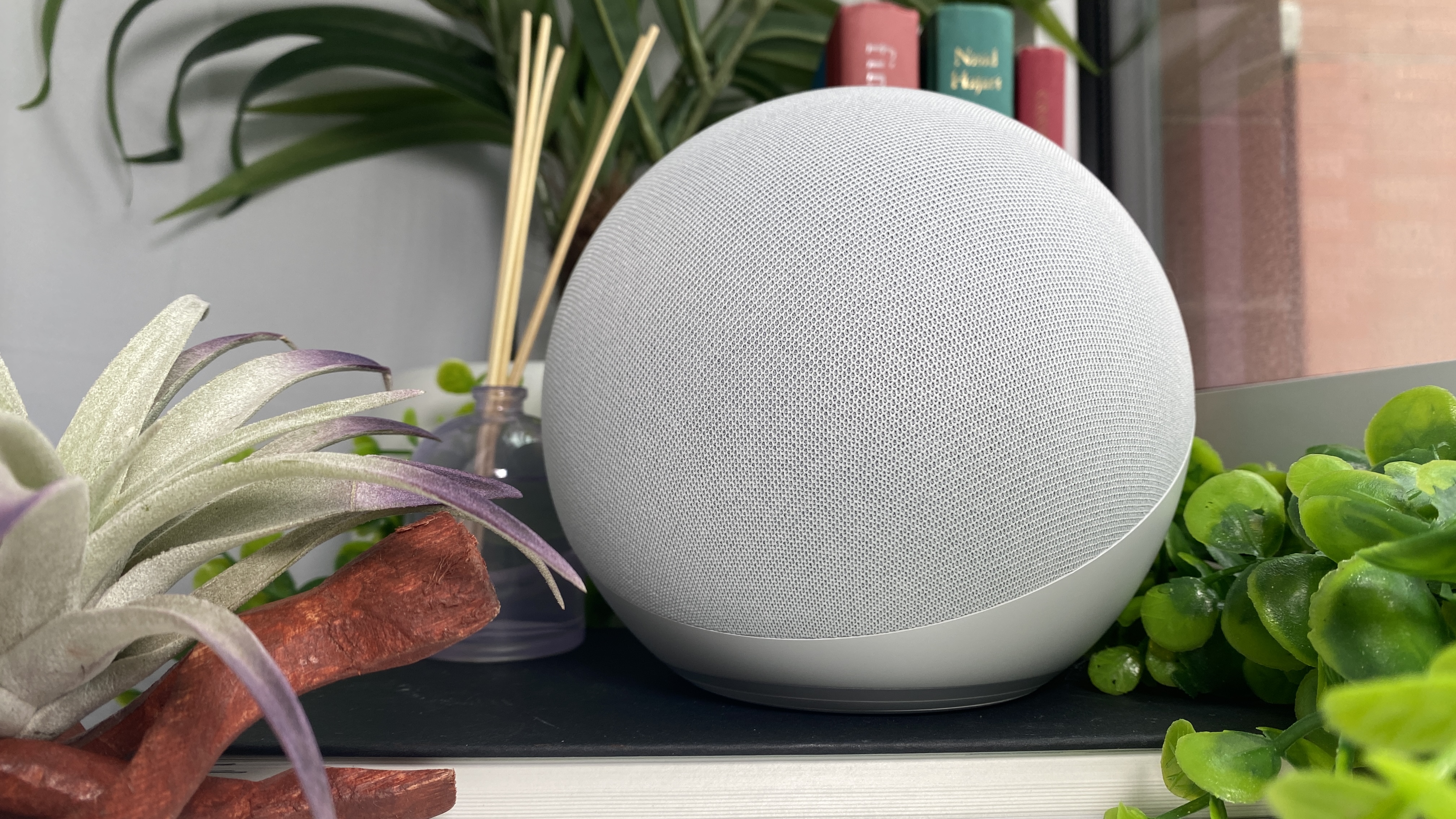
As you add more devices to your smart home — smart lights, smart locks, video doorbells, and more — a smart home hub becomes essential for being able to control them all from one app, and have them work in concert with each other.
Unlike the early days of smart homes, you don't have to worry so much anymore about what will work with what; most everything you could want to use in your home can talk to everything else, so it's really a matter of choosing what platform you want to use.
Having tested all of the major smart home hubs and systems, I think that Amazon's Alexa is the best smart home hub for most people; it works with a huge number of devices, it's easy to set up, and you can create more automations between your devices than you can with Google Home. And, Amazon offers the widest range of smart home hubs, from the budget Echo Dot all the way up to the Echo Show 21.
Google Home is also a popular platform, especially if you have a Pixel smartphone or smartwatch. However, Google offers fewer smart home hubs, and isn't compatible with as many products as Alexa. For example, Ring video doorbells and cameras don't work fully with Google Home.
However, if you're deeply invested in Apple's ecosystem, then HomeKit may be a better option; it lets you also create fairly complex automations, and if you have iCloud, you can use it to securely store security camera footage. Just know that there are far fewer smart home devices that work with HomeKit than with Alexa and Google Home.
If you want something that's more platform-agnostic, or have newer Samsung appliances, then you should check out SmartThings; its hubs are built into Samsung smart TVs and soundbars, as well as its Family Hub refrigerator.
The quick list
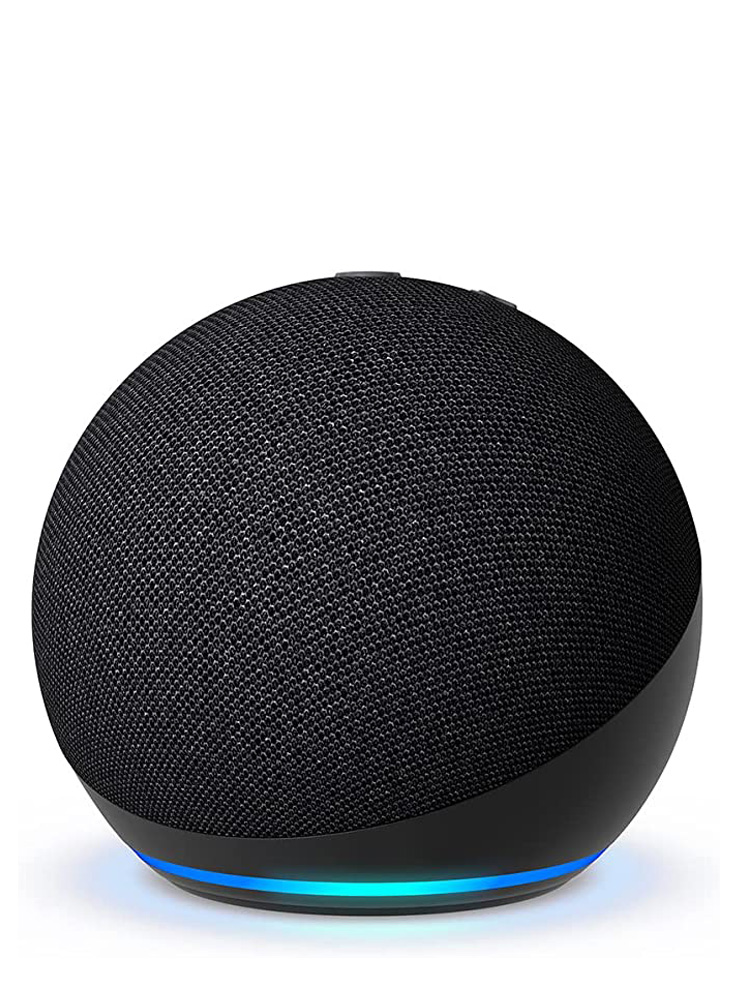
It has Wi-Fi, Bluetooth, Zigbee, Matter, acts as an eero extender, has motion and temperature sensors, and can listen for smoke alarms and glass breaking. And, it's less than $100.
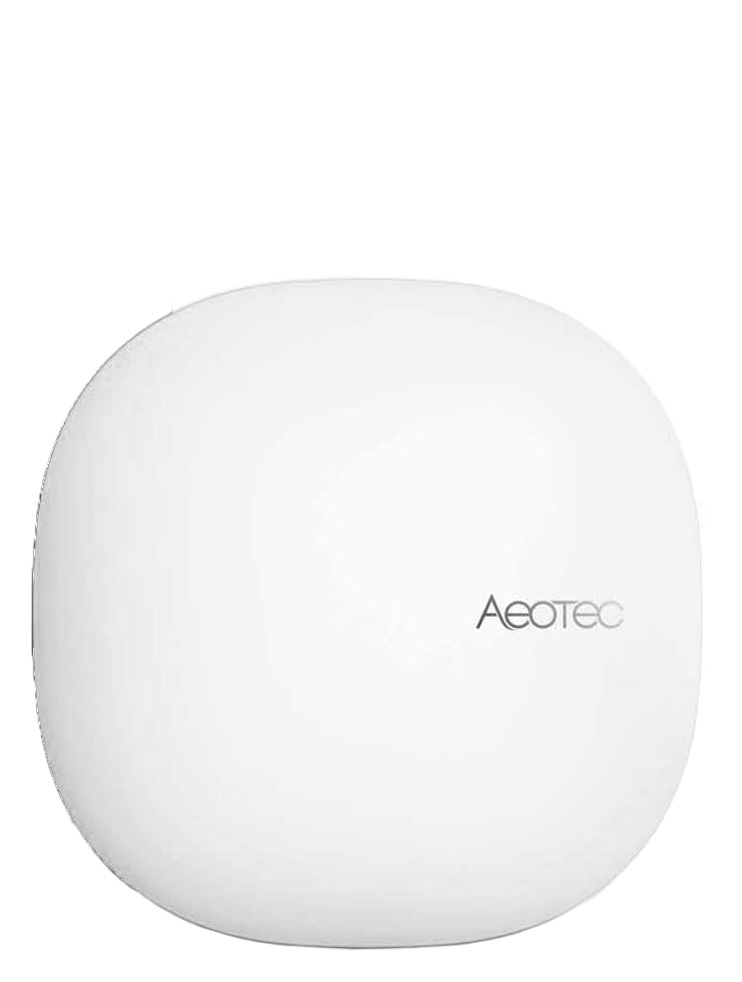
This hub is packed with Wi-Fi, Bluetooth, Zigbee, Z-Wave and Matter, and not only works with Alexa, but also Nest devices, too.
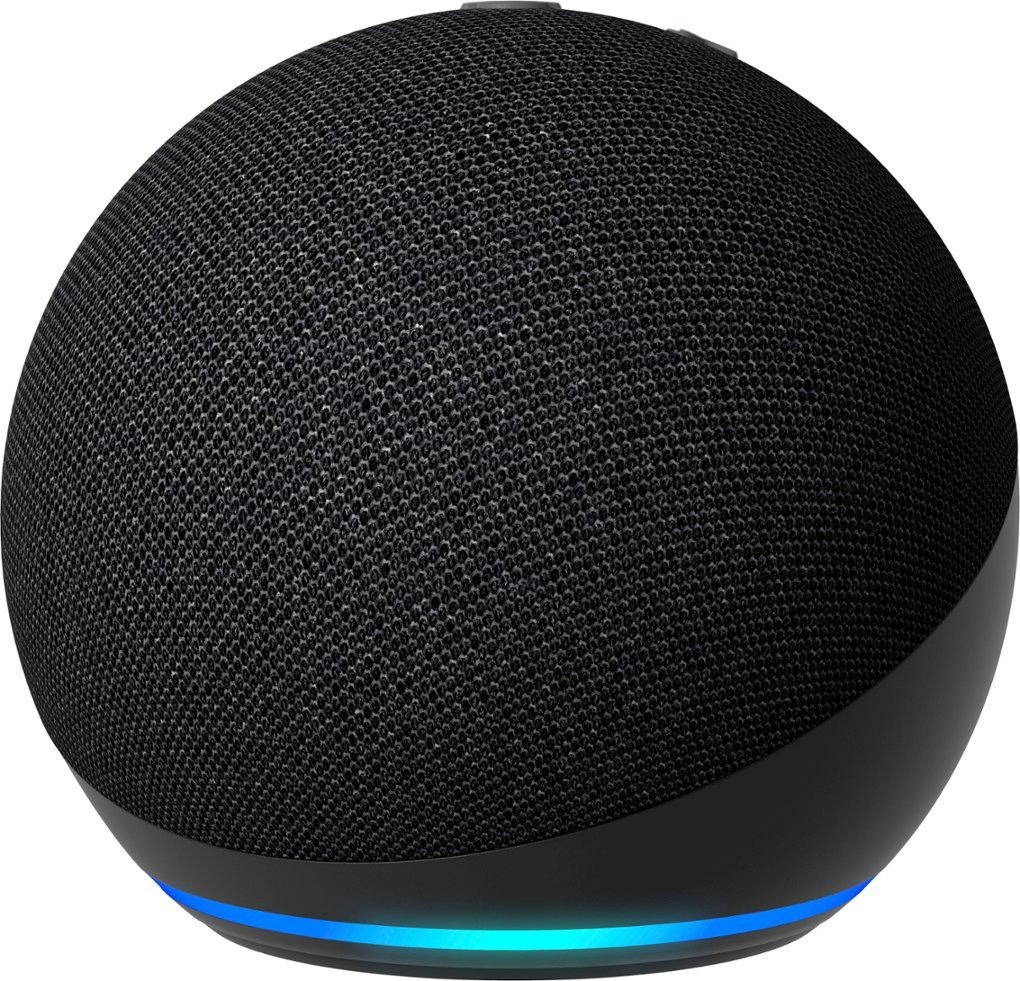
This has most of everything you'll find in the full-size Echo (except Zigbee), and it costs half as much.
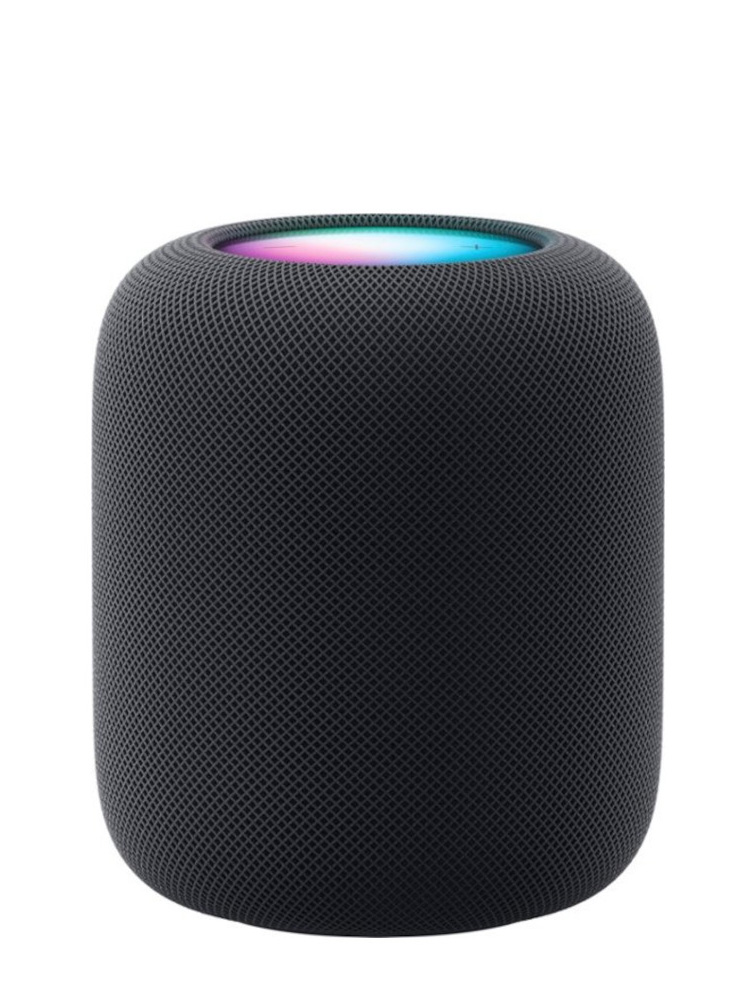
In addition to acting as a smart home hub — with temperature and occupancy sensors — the HomePod 2 is one of the best smart speakers around. It's pricey, though.
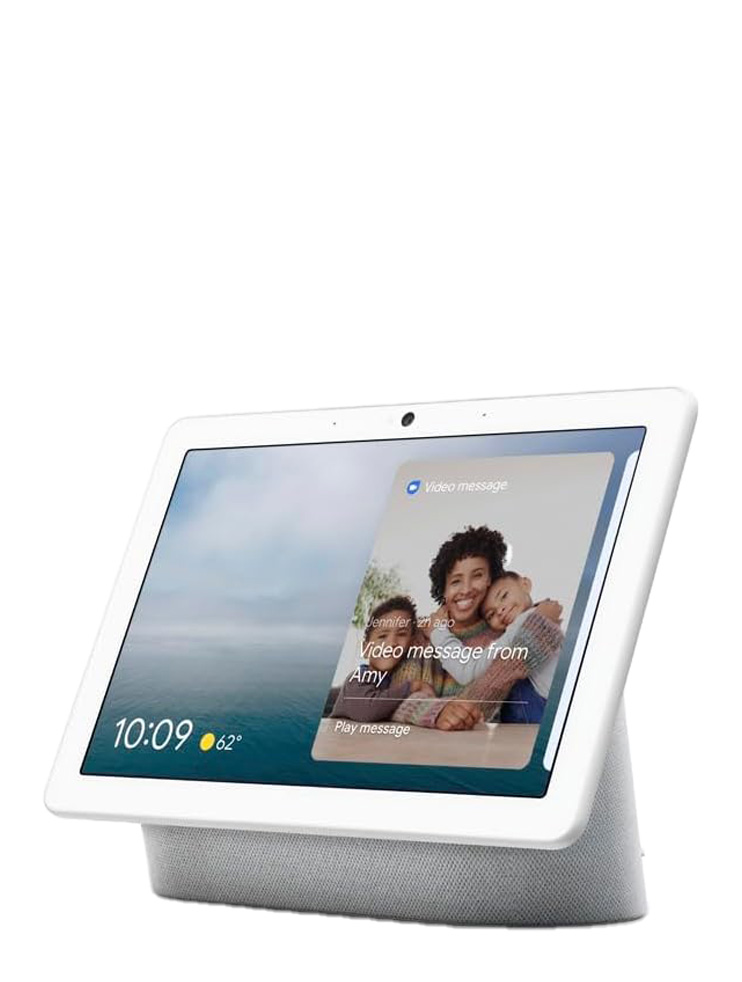
This smart display puts all your smart home controls at your fingertips, lets you view your video doorbell and security cameras, and has a camera for video chats, too.
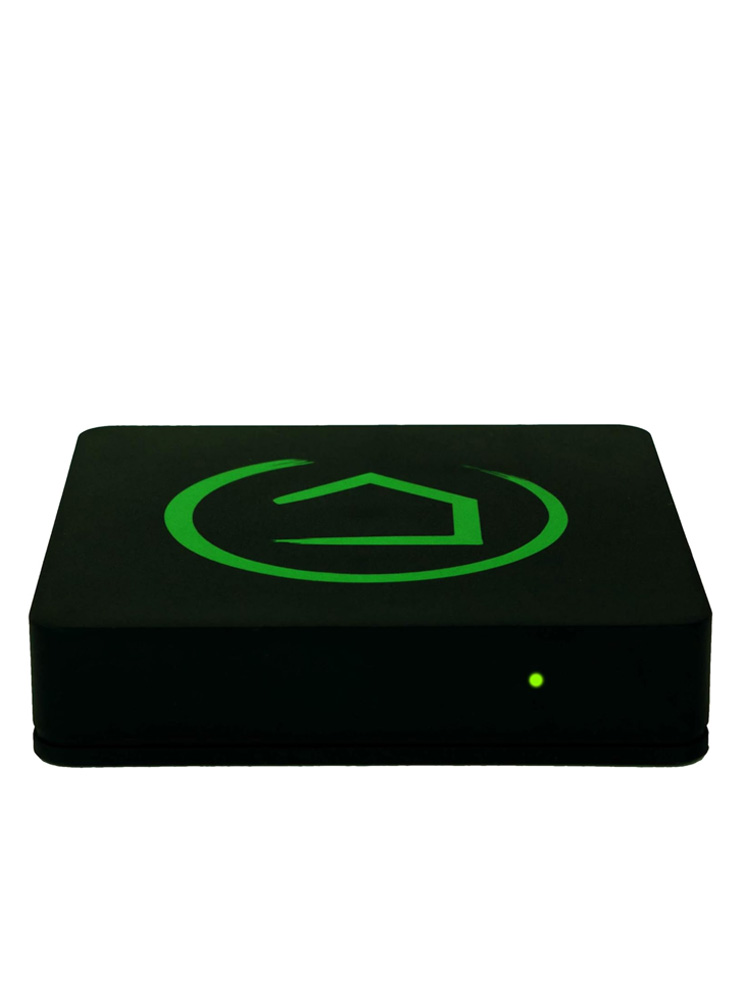
While it has a steep learning curve, Hubitat gives you incredibly granular control over all your smart home devices, and supports both Zigbee and Z-Wave.
The Starling Home Hub, which we had on our list as the best hub for Apple HomeKit users who wanted to use Nest products, is no longer for sale. The company said on its website that tariffs have caused prices to rise so much as to make their device unprofitable. The company will continue to provide technical support for as long as it can. While newer Nest products, such as the latest thermostat, will work natively with HomeKit, older devices cannot.
The best smart home hubs you can buy today
Why you can trust Tom's Guide
Best for most people
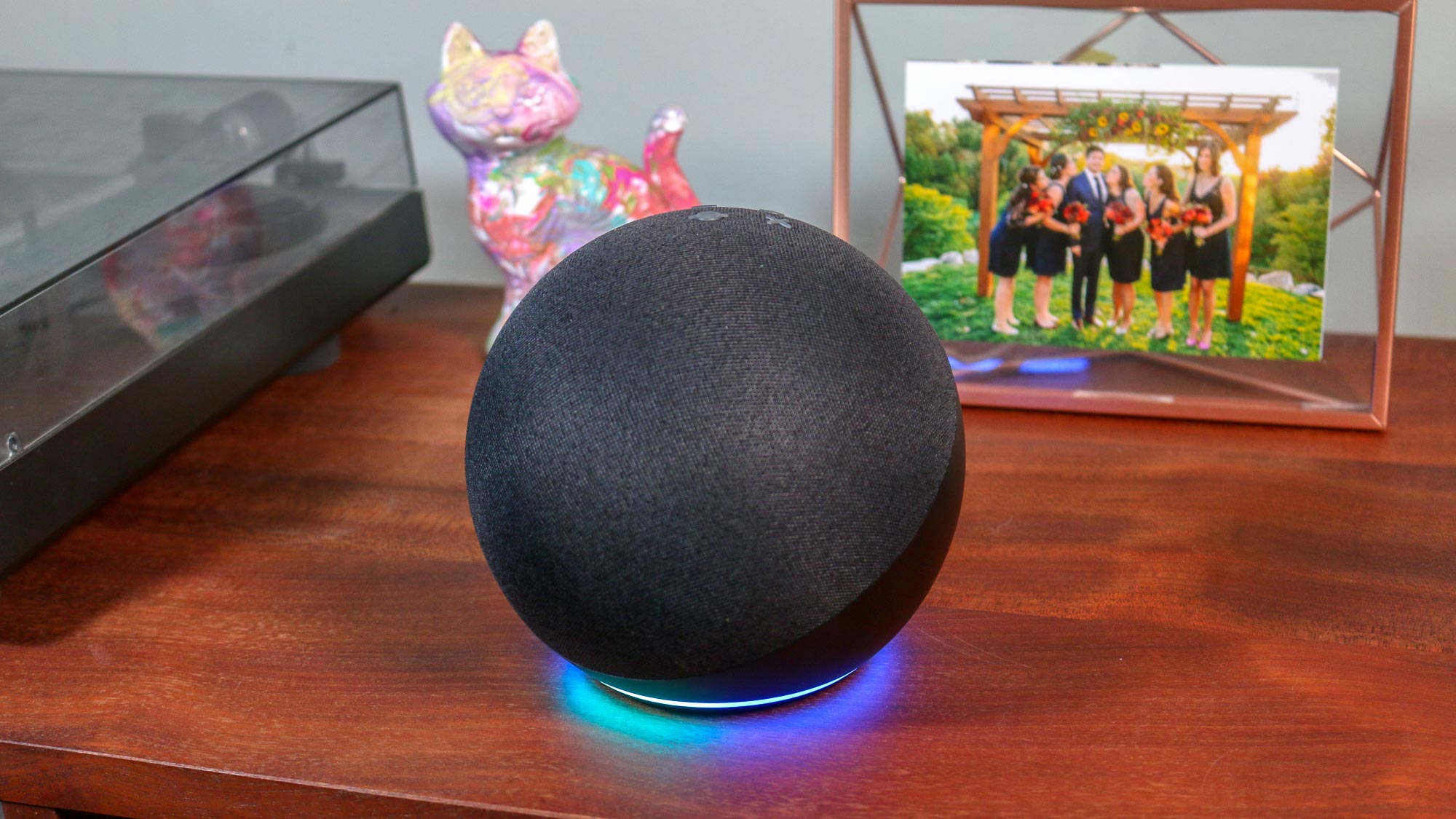

Specifications
Reasons to buy
Reasons to avoid
With Bluetooth, Wi-Fi, and Zigbee, the Amazon Echo (4th generation) is the best smart home hub for most people. Thanks to its multiple radios, it can connect to a huge number of low-power smart home devices, and Alexa's routines are pretty sophisticated, letting you use a number of triggers to automatically activate other smart home devices. It also works with Alexa Guard, which will listen for glass breaking and smoke alarms, and can turn on your lights and notify you in the event of an emergency. It also connects to scores of smart home devices; you'll want to check out our list of the best Alexa compatible devices when putting together your smart home.
The 4th-generation Echo also supports Amazon Sidewalk, a very new low-power, long-range networking protocol, which will work with things such as Tile trackers and smart lights over much greater distances.
Read our full Amazon Echo review.
Best SmartThings hub
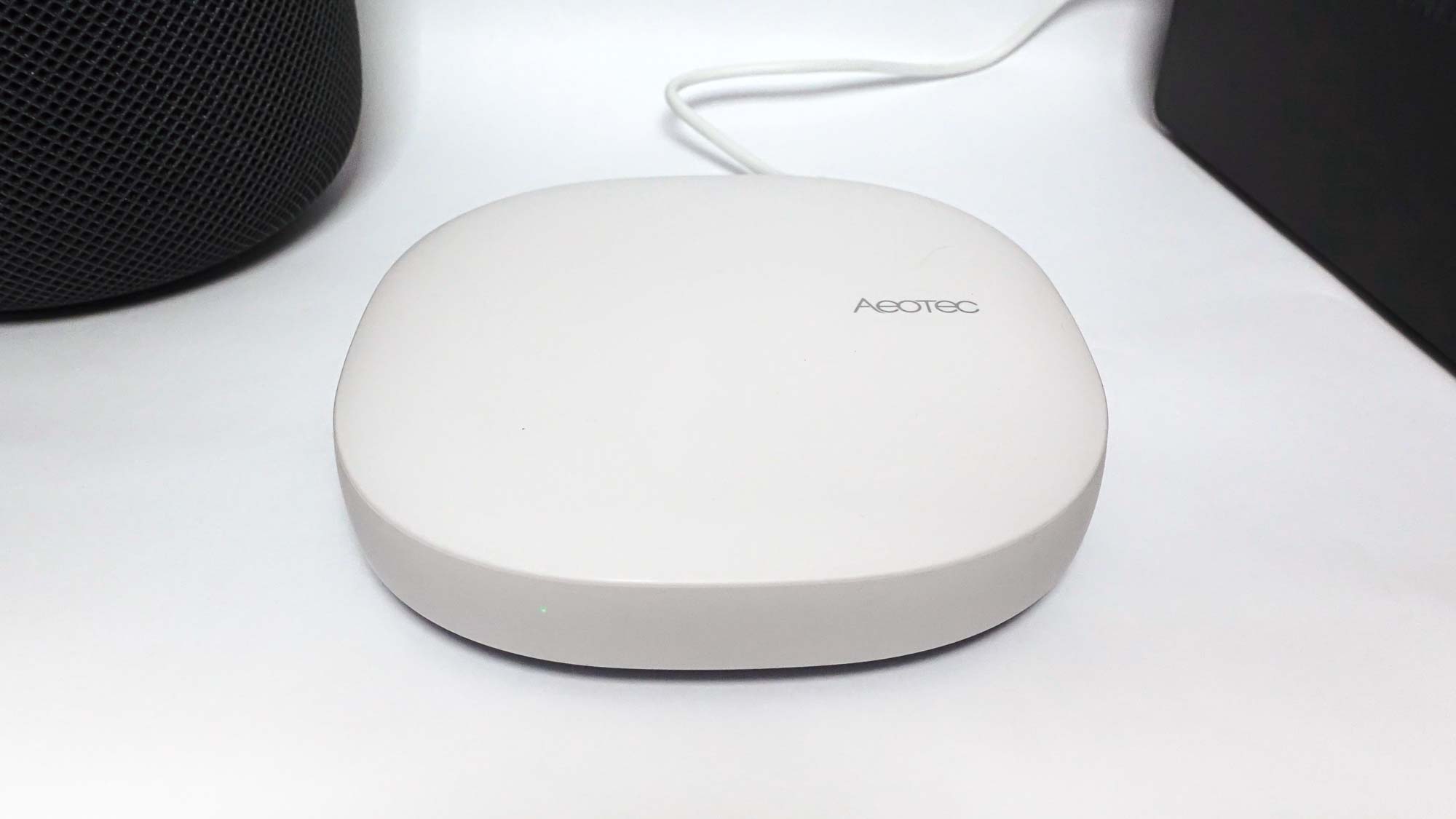

Specifications
Reasons to buy
Reasons to avoid
For years, the Samsung SmartThings hub was one of our top picks for the best smart home hubs because it had both Zigbee and Z-Wave inside, so you can connect to hundreds of devices, more than most other hubs. What's more, the SmartThings app is loaded with functionality, which lets you create a wide range of different scenarios for all of the gadgets in your home. Best of all, SmartThings now works with Nest and Matter products, making it a truly complete smart home hub.
However, Samsung is no longer making its SmartThings Hub, so to use its SmartThings platform, you'll need the Aeotec Smart Home Hub, which replicates all of the same functions. It's essentially the same hardware, but with a different logo on the front, and in our testing, it worked just as well.
Read our full Aeotec Smart Home Hub review.
Best cheap hub


Specifications
Reasons to buy
Reasons to avoid
At just $49, the Echo Dot is half the price of most of the other best smart home hubs, making it an inexpensive investment for those just getting into smart home automation. While it lacks Zigbee or Z-Wave, if your smart home devices have Bluetooth or Wi-Fi, this shouldn't be a problem. And, it also works with Matter and as an extender if you have an eero mesh Wi-FI router.
And, via the Alexa app, you can create some surprisingly powerful routines; we especially like Alexa Guard, which can activate smart home devices if it hears fire alarms or glass breaking.
We initially had the Amazon Echo Dot with Clock as our pick for this spot, but Amazon has discontinued the device. You can still find it at Best Buy for $59, but supplies are limited.
Read our full Amazon Echo Dot review.
Best HomeKit hub
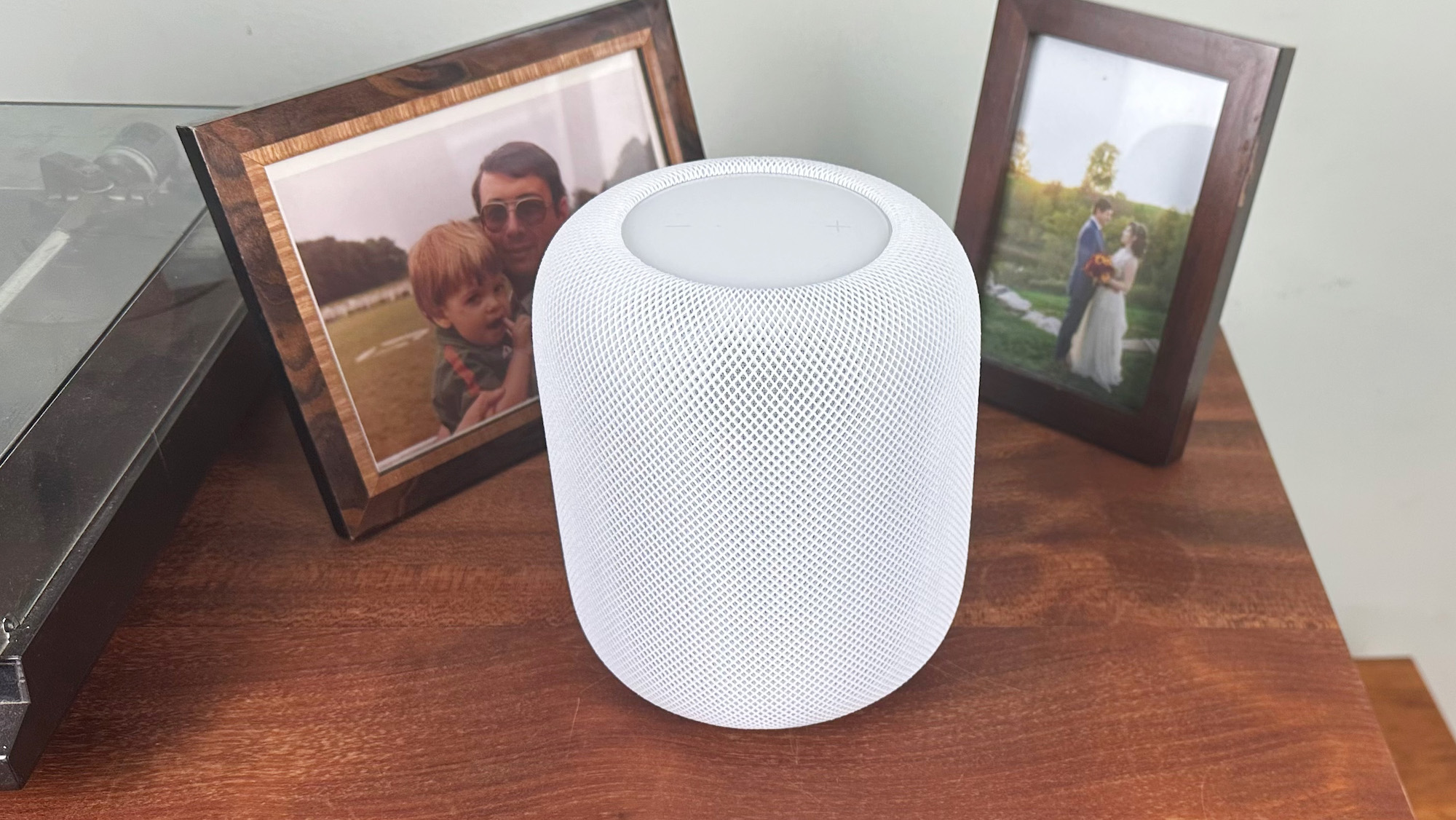
Specifications
Reasons to buy
Reasons to avoid
The Apple HomePod (2nd generation) looks much like the original, but inside, it's had a few upgrades to make it more future-proof for the smart home. For starters, it supports the Matter smart home standard, so it should be easier to connect and control a greater range of smart home devices. And, the HomePod 2 also has temperature and humidity sensors, which can be used to create automations in HomeKit.
An update to the HomePod lets it listen for smoke and carbon monoxide detectors, and send you an alert if it hears an alarm. We found that the HomePod 2 sounded every bit as good as the original — it's one of the best smart speakers — but its high price of $299 may turn off those who aren't invested in Apple's ecosystem.
Read our full Apple HomePod (2nd gen) review.
Best Google Home hub
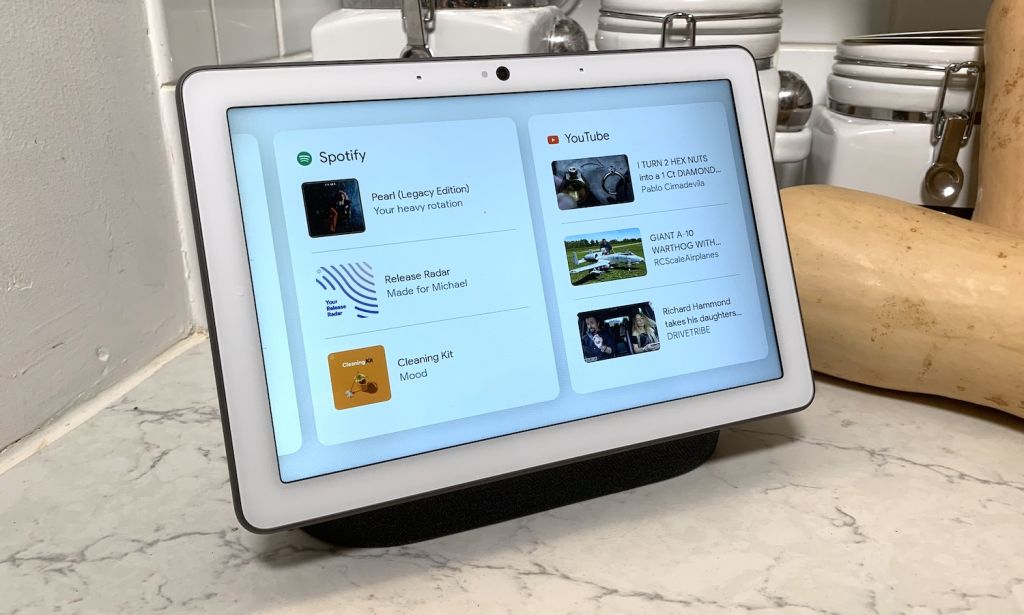
Specifications
Reasons to buy
Reasons to avoid
The Google Nest Hub Max is an excellent smart display: It has a spacious 10-inch screen which can be used for watching YouTube and Netflix, looking up recipes, news, and more; its dual speakers are powerful; and its 6.5MP camera is great for Google Duo video calls, and will even "follow" you as you move across the room.
Connectivity-wise, it has Wi-Fi, Bluetooth, and Thread, a newish smart home networking protocol that Google (and others) have been trying to popularize for a few years. The Nest Hub Max's display can be used to view live footage from Google Assistant-compatible home security cameras, video doorbells, and baby monitors, and on-screen controls let you adjust smart light levels. And, the best Google Home compatible devices are nearly as numerous as those that work with Alexa.
Google has also released the Google Pixel Tablet, which has smart home controls in a clever dashboard, so it's easy to control all your smart home devices. However, the Pixel Tablet does not have Thread support.
Read our full Google Nest Hub Max review.
Best for power users
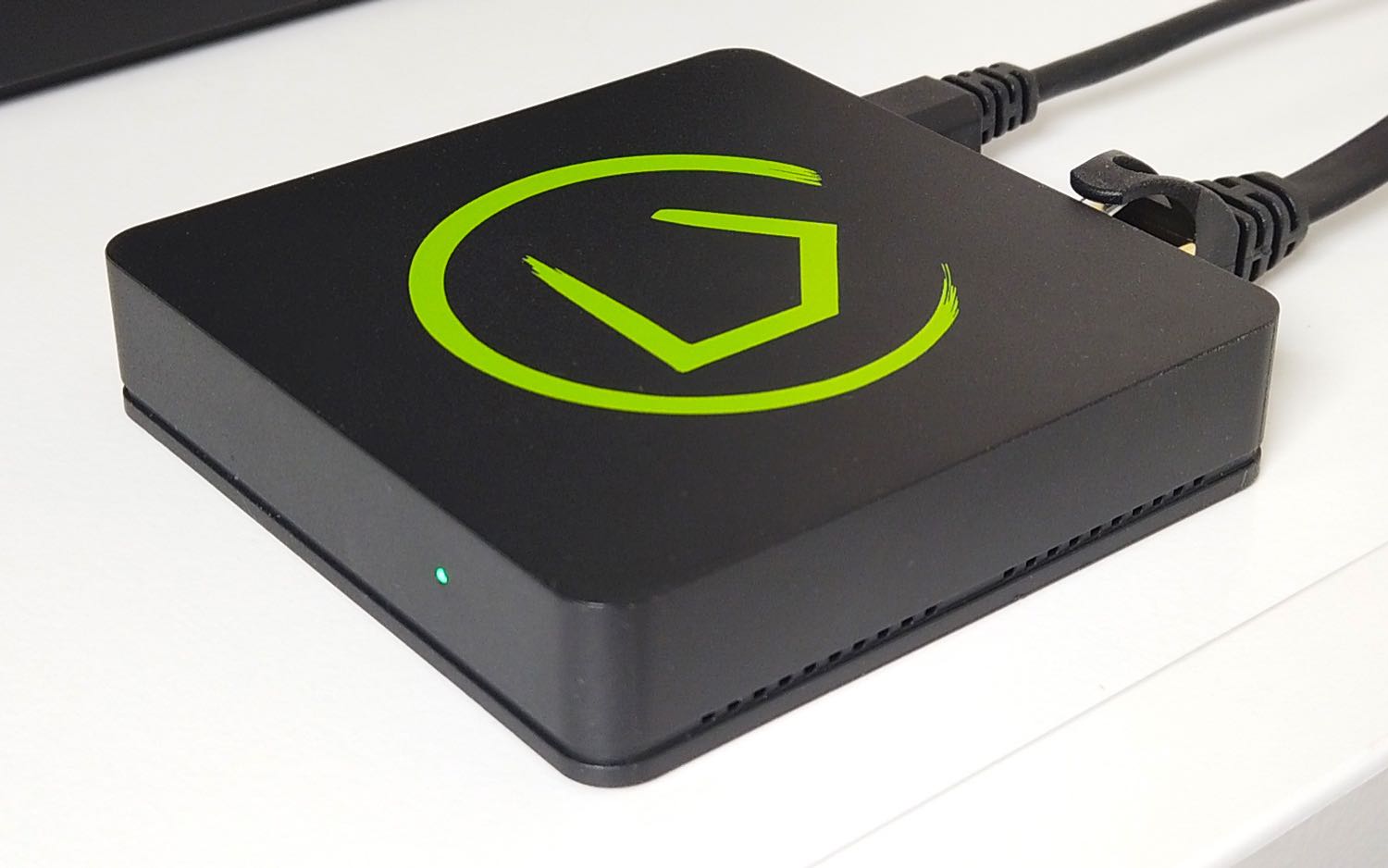
Specifications
Reasons to buy
Reasons to avoid
Because of its steep learning curve but incredibly granular controls, the Hubitat Elevation is the best smart home hub for power users. Homeowners who want to create incredibly specific rules and situations for when their smart home devices activate will appreciate all that you can do from within Hubitat's web interface.
The Hubitat Elevation itself is very small — the size of a thick coaster — but packs in both Zigbee and Z-Wave antennas. However, it lacks Wi-Fi, so you'll have to plug it into your router in order to use it. When we first reviewed the Hubitat Elevation, it lacked a smartphone app, so you had to control everything through a web interface. Since then, the company added a mobile app for both Android and iPhones, making it easier to monitor your smart home on the go.
Hubitat released a new smart home hub: the Hubitat Elevation Model C-8 ($149) features Z-Wave Plus 800 and Zigbee 3.0. In addition, it has two external Antennas, has both Wi-Fi and Ethernet, and will run off a USB-C power supply. The company is also offering free migration from its older C-5 and C-7 hubs.
Read our full Hubitat Elevation review.
Best budget HomeKit hub

Specifications
Reasons to buy
Reasons to avoid
We actually think that Apple's HomeKit smart home platform is better than Google's. Even though HomeKit supports fewer devices (check out our list of the best HomeKit devices), it allows for greater complexity when creating smart home routines. And, we don't have to worry as much what Apple is doing with our data. As of iOS 16.1, it has been updated to support Matter, too.
The HomePod mini is not only an affordable smart speaker, but it also acts as a HomeKit hub, letting you connect locks, lights, and other low-power devices directly to it. The HomePod mini also has Thread built in; while there are relatively few smart home gadgets that have this technology, we expect it to increase in popularity, as it's supported by both Apple and Google.
In addition, the HomePod mini has temperature and humidity sensors, which Apple activated in January 2023; you can use these sensors to create automations in HomeKit.
Read our full Apple HomePod mini review.
Best Alexa hub with display
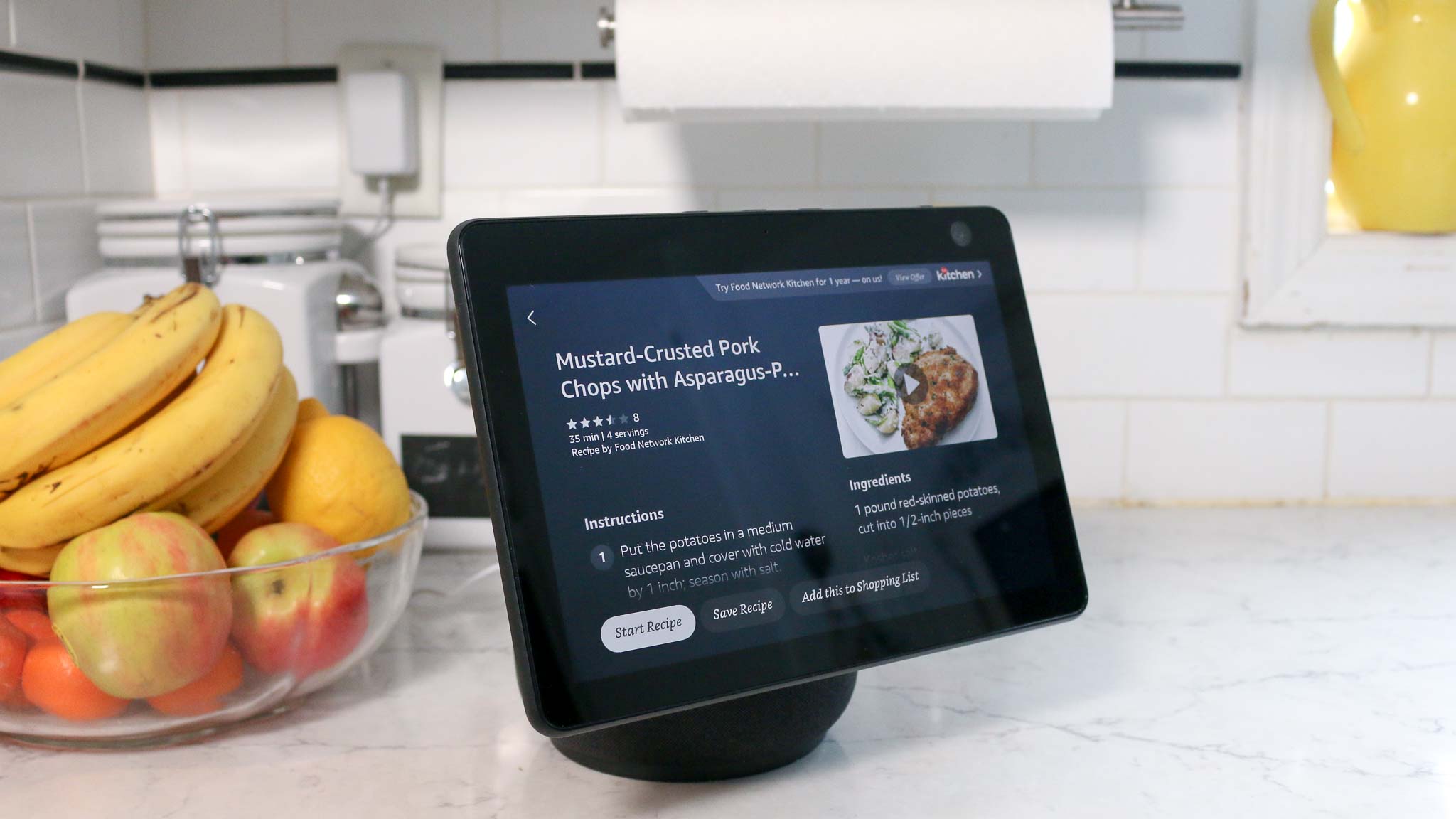
Specifications
Reasons to buy
Reasons to avoid
One of the best smart home hubs and smart displays in one device, the third-generation Amazon Echo Show 10 can now turn to face whoever is asking Alexa questions. It ensures that you get the best view of the screen, but as a result, requires a lot more room than previous models.
Like the Amazon Echo Plus, the Echo Show has Zigbee built in, so you can connect smart home devices directly to the Show. It also has Amazon Sidewalk, a new networking technology that connects low-power devices to the Internet at greater distances. However, at $249, it's one of the more expensive smart home speakers around. We'd recommend purchasing it for its other features before considering it as a smart home hub.
Read our full Amazon Echo Show 10 review.
Best HomeKit streaming device
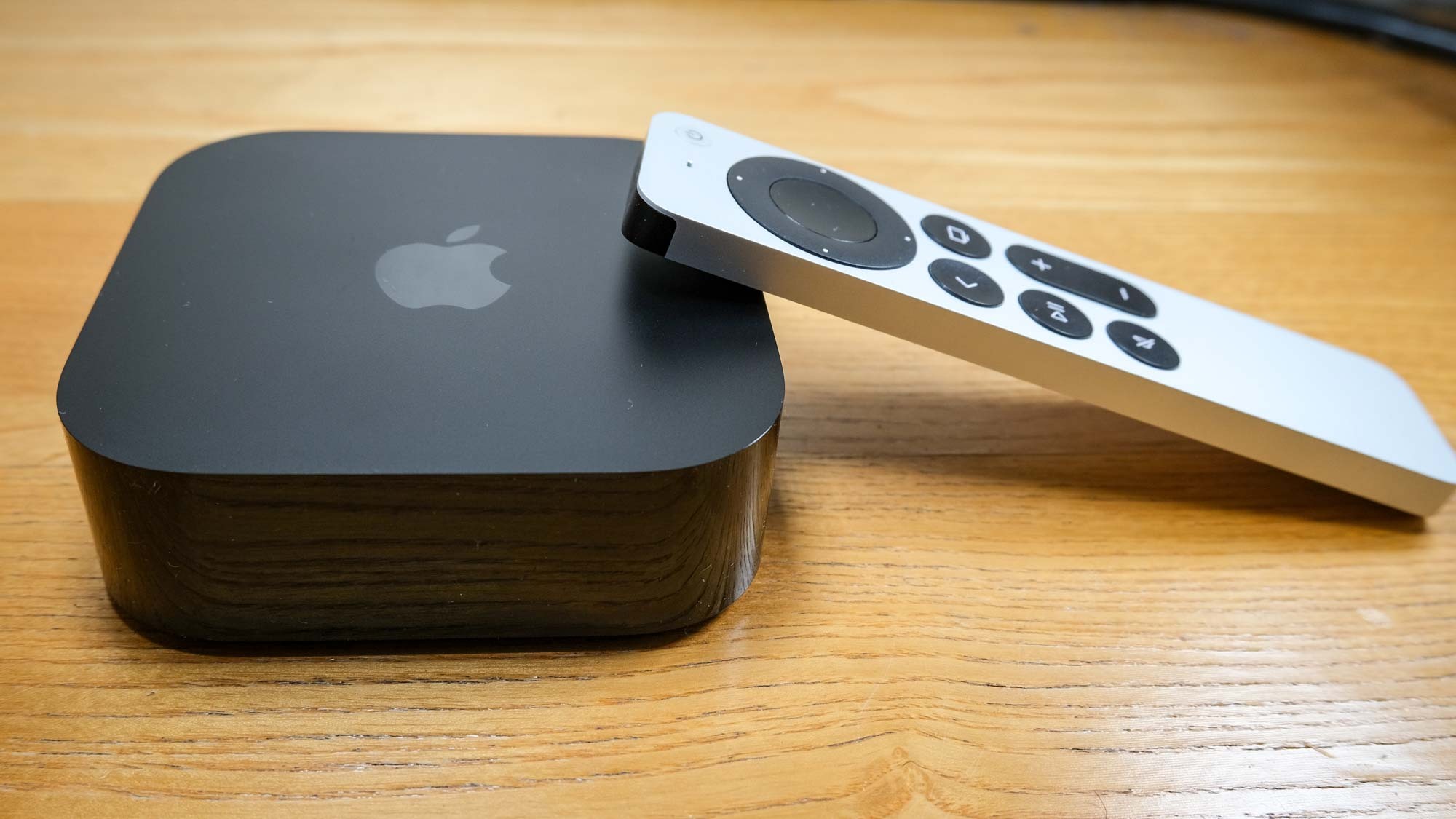
Specifications
Reasons to buy
Reasons to avoid
One advantage of using the Apple TV 4K as your HomeKit hub is that you can view live feeds from your security cameras and video doorbells on your TV, rather than just your smartphone, which is handy if you're watching one of your favorite shows and someone rings your front doorbell.
While you can use a variety of Apple products as a HomeKit hub—an iPad and the HomePod also work—the Apple TV 4K is the least expensive method. Plus, it's one of the best streaming devices around, letting you watch 4K HDR content from a large number of sources via an easy-to-use interface.
However, if you want full smart home support, you'll need to get the $149 Apple TV 4K; in addition to an Ethernet port, this is the only model that has support for Thread and Matter, the new smart home standard.
Read our full Apple TV 4K (2022) review.
Best hub/camera combo
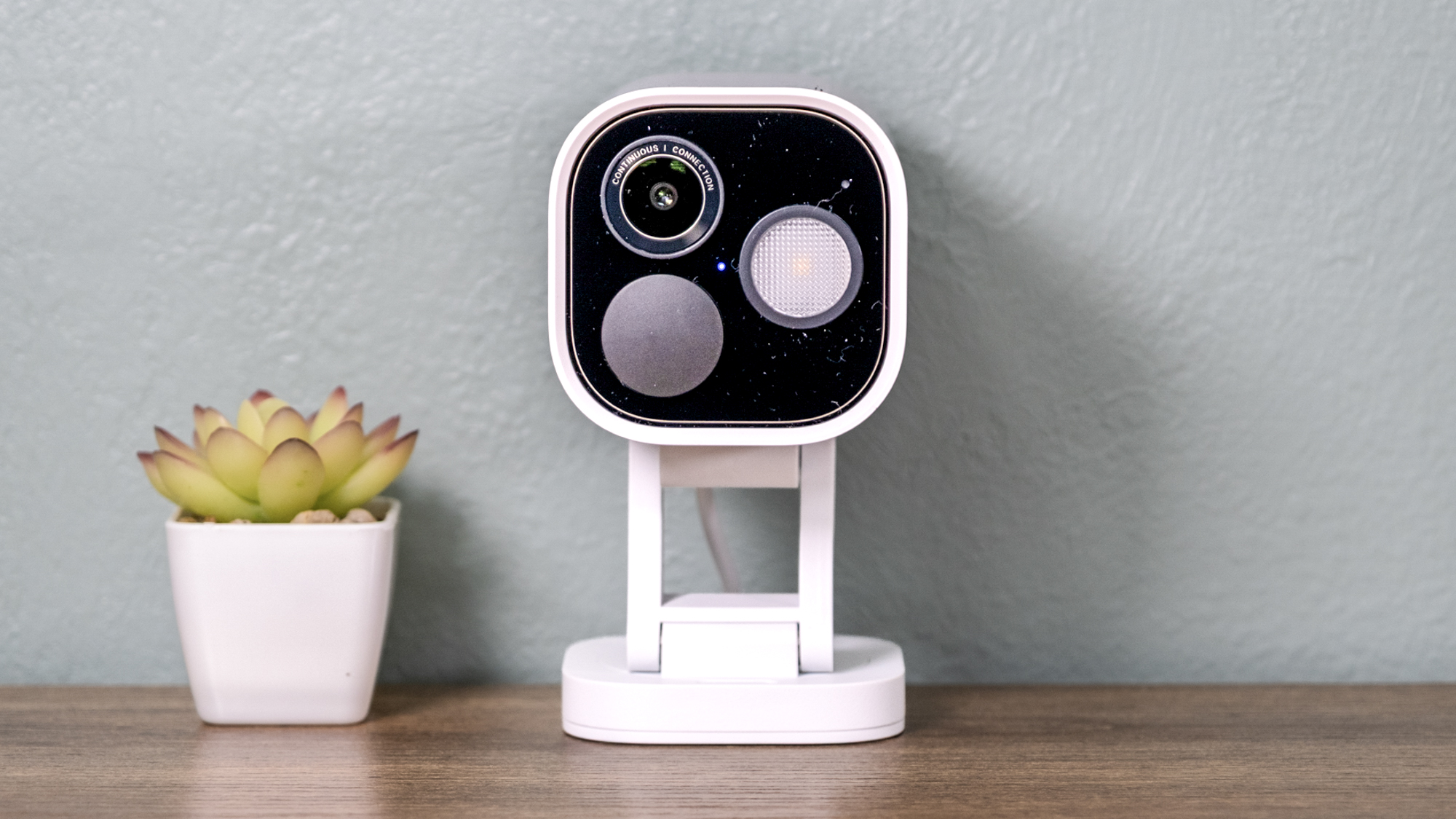
Specifications
Reasons to buy
Reasons to avoid
The Aqara Camera Hub G5 Pro is a bit different from most other smart home hubs, in that it also doubles as a home security camera. So, if you're looking for a device that can pull double-duty in your home — and you already have your fill of smart home speakers — this could be a good option.
While it doesn't have as high a resolution like some of the best home security cameras, we were more than pleased with the G5 Pro's 1520 x 2688 resolution and sweeping 133-degree field of view, which was more than enough to cover our living room.
We also liked that it has facial recognition, vehicle recognition, package detection, animal detection, and even lens obstruction detection, as well as noise detection such as a baby crying; these all worked well, and helped us filter out unwanted notifications easily.
And, although it needs to be connected to a power source, it's also rated for outdoor use ( -22°F and 122°F and a water resistance rating of IP65), so it's a handy way to extend your smart home network to your backyard.
To top it off, you don't need to pay for a cloud storage subscription if you want to save video from the camera, which is a real plus in our book. The G5 Pro comes with up to 32GB of onboard storage (check when you buy), and it also works with Apple HomeKit Secure Video.
Read our full Aqara Camera Hub G5 Pro review.
How to choose the best smart home hub
When choosing a smart home hub that's best for your needs, you first have to ask yourself what you want to do with it, and what you want to control. If all you have is one set of smart lights, then you probably don't need a smart home hub. But, if you have smart lights and a smart lock, and want the lights to turn on when the lock opens at night, then you might need a smart home hub.
For most people, the best smart home hub will be the 4th Generation Amazon Echo. You can connect it with other smart home devices via Wi-Fi, Zigbee, Bluetooth and Amazon Sidewalk, and, through the Amazon Alexa app, you can create routines that can activate your smart home devices through triggers, such as you leaving or arriving home. Alexa Guard can also turn on smart home devices if your Echo hears a fire alarm or a window breaking. And, because the Echo is a smart speaker, you can also control your smart home devices by talking to Alexa. It's also been updated to support Matter.
If you're looking for more deeper integration among your smart home devices, the best option is the Aeotec Smart Home Hub, which works with Samsung's SmartThings platform. It allows for more granular control from one device to another, and lets you create more sophisticated routines. It's also very easy to use, and will be updated to support Matter this year.
Wi-Fi, Bluetooth, Zigbee, or Z-Wave?
Every smart home device will use some sort of wireless technology to communicate with others. Smaller devices, such as door and window sensors and motion detectors, will generally use Zigbee or Z-Wave, as they're low power, and don't need to transmit a lot of data. That's why these sensors can be built so small; however, they need to link to a bridge (such as a smart home hub) if you want to connect them to the internet. Traditionally, smart locks have also used this technology, but increasingly are switching over to Wi-Fi. You can read our explainer on Zigbee, Z-Wave, Thread and WeMo for a deeper dive.
Larger devices, and those that can draw from a steady power source, generally use Wi-Fi, as it can transmit more data, and doesn't require a bridge or a hub. Devices in this category include home security cameras, smart thermostats, and video doorbells.
Consider the products you want to connect. If they're all on Wi-Fi, then you can use a smart home hub like the Amazon Echo Dot, and use the Alexa app to control everything. If you have other types of devices — Zigbee and Z-Wave, for instance — you'll need to purchase a smart home hub that can receive those signals.
Matter
A new connectivity standard called Matter is now online. While it's still in the early going, this protocol, which has been endorsed by Amazon, Google, and Apple, among many others, promises to make linking smart home devices far simpler. It also will potentially make many more smart home devices available to HomeKit owners, which has been one of the friction points for Apple's smart home platform. However, not all current smart home devices will support Matter, so if you want to use it, you may have to purchase new equipment.
Smart home hub FAQ
Do I need a smart home hub?
If you plan on installing a lot of smart home devices in your home — a smart thermostat, smart lights, smart locks, and more — then getting a smart home hub to control them all from a single place can be helpful. More importantly, the hub will let you connect all those devices in a single interface, so you can automate your smart home. However, if all you have are a couple of smart lights, then you probably don't need a smart home hub.
What does a hub do in a smart home?
When you have a lot of smart home devices, you want to be able to control them from one place. A smart home hub can talk to all of those devices, so that you can use a single app to control everything. What's more, a smart home hub will let you create interactions between your various smart home devices. For example, you can program your smart lights to turn on automatically if you unlock your smart lock, or open your garage door.
What smart hub works with Nest?
The Nest Hub Max can be used to control all Nest products, such as the Nest Learning Thermostat, the Nest Cam, and the Nest Doorbell. If you want something that can work with Nest and other products, then we recommend SmartThings, which lets you do a lot more than you can with Google Home alone.
How we test smart home hubs
We test every smart home hub by installing them in a real-world scenario (our house, to be exact). The first criteria is to determine how easy they are to set up; those aimed at novice smart home users should be simpler to understand than advanced smart home hubs.
We also look at the number of devices that can connect to a smart home hub. After all, if there aren't that many things that can work with a hub, its usefulness is rather limited.
After that, they key to any smart home hub is determining how complex you can make the interactions between various smart home devices. For instance, if a hub only lets you create rules based on the time of day or when you speak a command, then that's pretty limited. The best smart home hubs will let you do much more, such as changing their status based on your location or what happens when another smart home device turns on or off.
We look to see how sophisticated we can make these rules and routines, and the ease with which we can create them. Lastly, we test the routines we create to see how well they work.
For more information on our testing methodology and ratings, please check out the Tom's Guide how we test page.
Other smart home guides to check out
- Best smart light bulbs
- Best smart light switches
- Best smart thermostats
- Best smart locks
- Best video doorbells
- Best home security cameras
- Best water leak detectors
Get instant access to breaking news, the hottest reviews, great deals and helpful tips.

Michael A. Prospero is the U.S. Editor-in-Chief for Tom’s Guide. He oversees all evergreen content and oversees the Homes, Smart Home, and Fitness/Wearables categories for the site. In his spare time, he also tests out the latest drones, electric scooters, and smart home gadgets, such as video doorbells. Before his tenure at Tom's Guide, he was the Reviews Editor for Laptop Magazine, a reporter at Fast Company, the Times of Trenton, and, many eons back, an intern at George magazine. He received his undergraduate degree from Boston College, where he worked on the campus newspaper The Heights, and then attended the Columbia University school of Journalism. When he’s not testing out the latest running watch, electric scooter, or skiing or training for a marathon, he’s probably using the latest sous vide machine, smoker, or pizza oven, to the delight — or chagrin — of his family.
